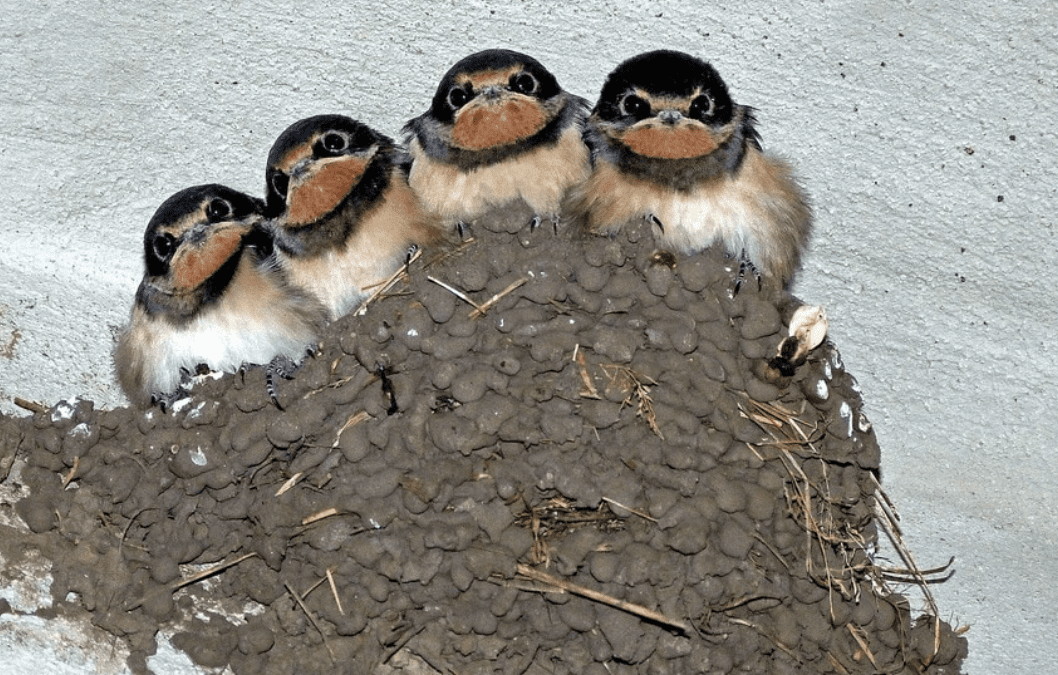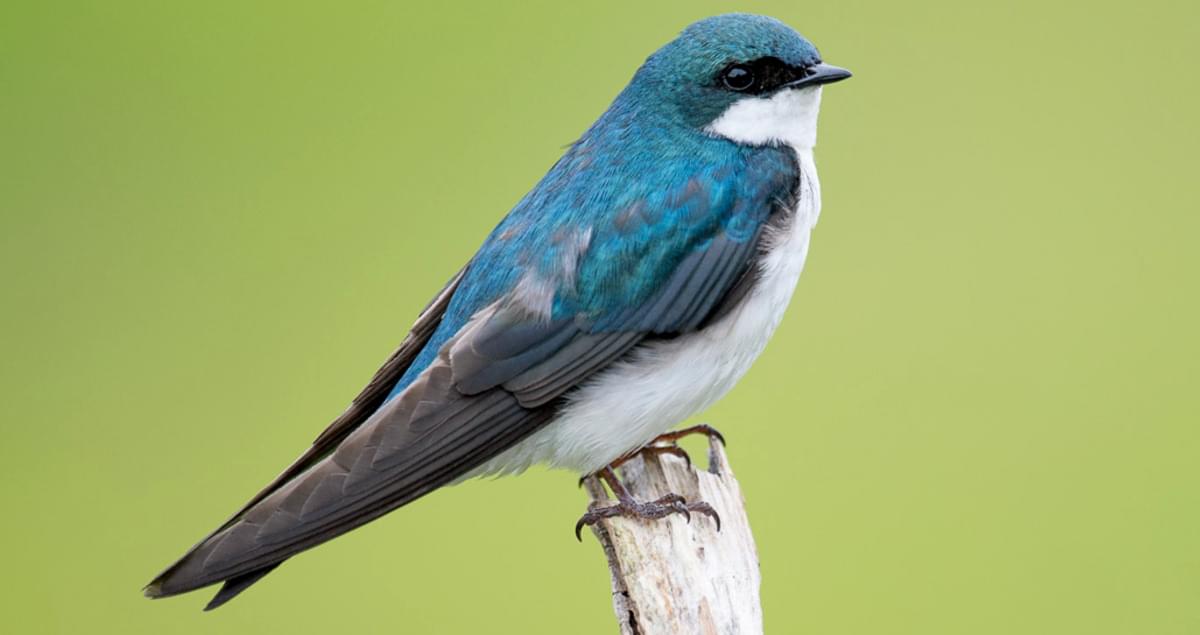
Why Swallows Are Considered Pests
Why Swallows Are Considered Pests
Mud, cliff or barn swallows flock to homes, buildings and structures, building their mud nests with a mix of sand, grasses, hair and feathers. The little nests can be very prolific, with colonies of several hundred nests lined up vertically. Female swallows can lay as many as six eggs at a time, beginning as early as March. The eggs will hatch in 12 to 17 days. Here’s how swallows have become such a pest bird.
Appearance Problem
Swallows’ bowl-shaped nests under the overhangs and ledges of a building can create a real distraction. Businesses, especially those that serve food, can lose customers when these nests are scattered overhead and bird droppings cover floors and walkways. Fail to remove these mud nests and they will stain virtually any surface. This defacement and damage can result in costly maintenance and repairs.
Health Problem
For businesses that store, process, display or serve food, swallow droppings can easily contaminate these areas, especially if food is served or displayed outdoors. The bacteria, fungal agents and parasites found in swallow droppings and nests can carry such serious diseases as histoplasmosis, encephalitis, salmonella, meningitis, toxoplasmosis and more. Health inspectors can shut down a business that suffers from too many bird droppings and nests.
Slip-and-Fall Problem
Another problem with swallows around any building is the dangerous slip-and-fall hazard their droppings create. Besides wet droppings, dried droppings freshened by rain, dew or sprinklers can result in a very slippery surface. Failure to address this issue can create serious legal problems should someone trip, fall and become injured.


Gutter/Airflow Problem
Swallow droppings, nests and feathers can also interfere with the flow of rain in gutters, resulting in roof leaks. This debris can even block a chimney or air vent, creating a potential fire hazard and unsafe levels of carbon monoxide in the home.
Removal Issues
As many businesses have discovered, getting rid of migratory birds like swallows can get complicated. Swallows are protected by the Migratory Bird Treaty Act of 1918, which makes it illegal to intentionally capture, kill or disrupt any migratory bird or the nests and eggs of such birds. The goal should always be proactive through humane and effective bird deterrent methods to keep these birds from nesting in the first place. Source
Pigeon Patrol Products & Services is the leading manufacturer and distributor of bird deterrent (control) products in Canada. Pigeon Patrol products have solved pest bird problems in industrial, commercial, and residential settings since 2000, by using safe and humane bird deterrents with only bird and animal friendly solutions. At Pigeon Patrol, we manufacture and offer a variety of bird deterrents, ranging from Ultra-flex Bird Spikes with UV protection, Bird Netting, 4-S Gel and the best Ultrasonic and audible sound devices on the market today.
Contact us at 1- 877– 4– NO-BIRD, (604) 585-9279 or visit our website at www.pigeonpatrol.ca
Pigeon / Pigeon Patrol / Pigeons Roosting / Vancouver Pigeon Patrol / Bird Control / Surrey Pigeon Control / Pest / Vancouver Pigeon Blog / Birds Inside Home / Pigeons in the cities / Ice Pigeons/ What to do about pigeons/ most common types of sparrows , Damages Caused by Sparrows, How To Keep Raccoons Away, de-fence, Pigeon Nesting and Breeding Patterns and Behavior What Do I Do With a Bird Trapped in My Wall? Professional Bird Control Company Keep The Birds Away From Your Business Why Swallows Are Considered Pests
